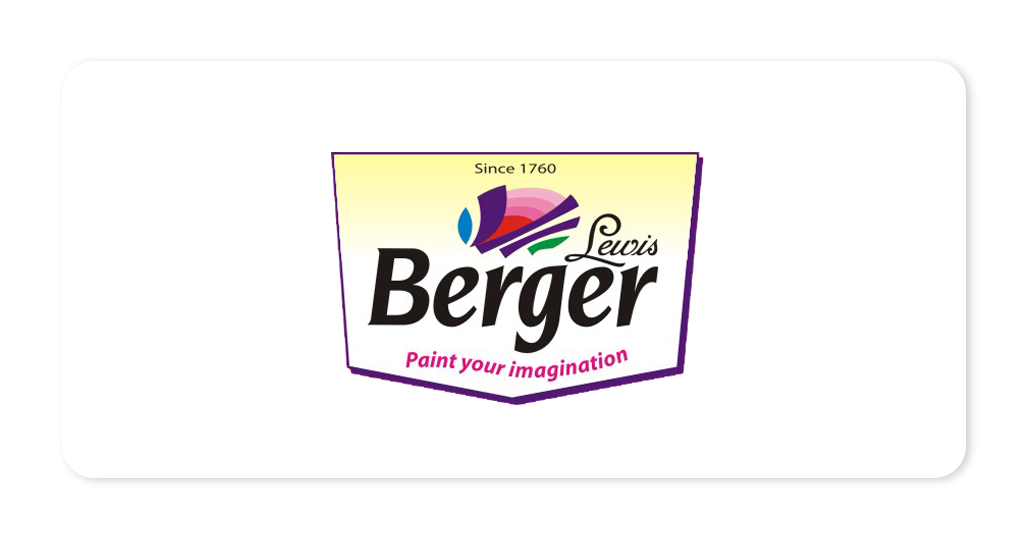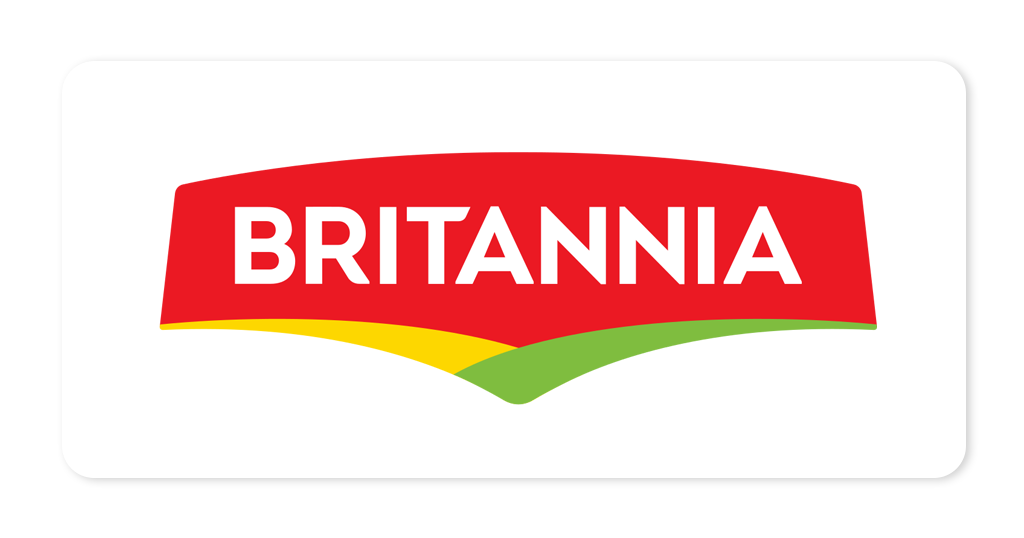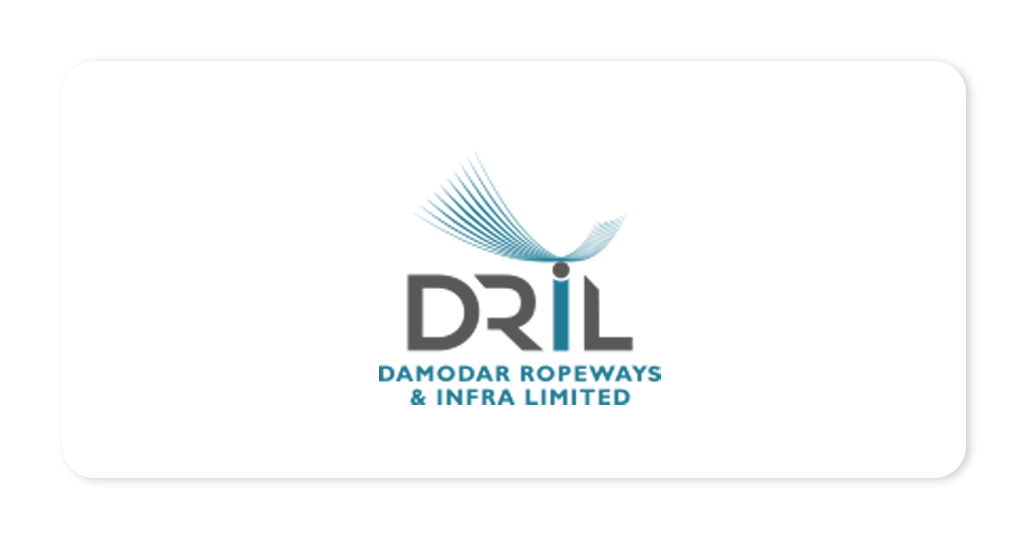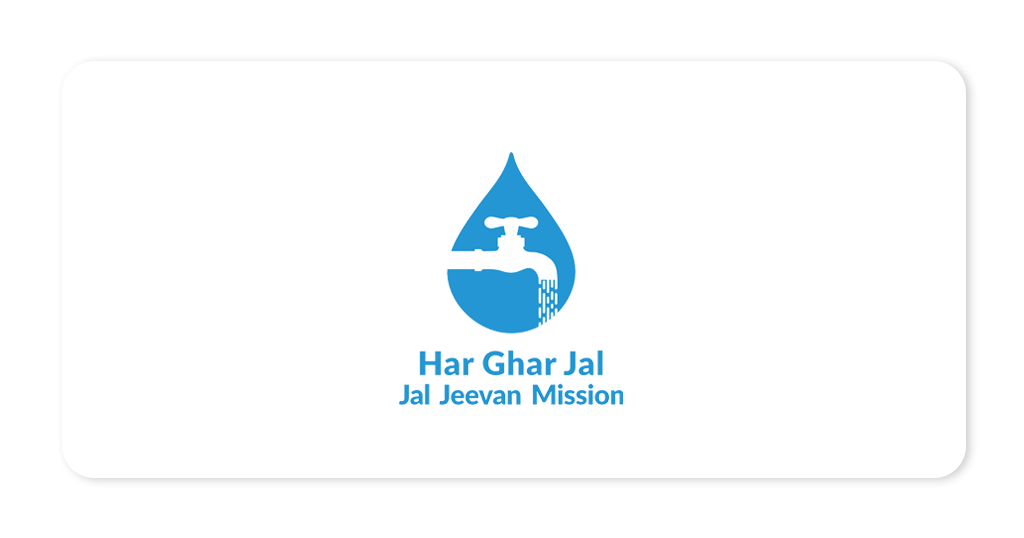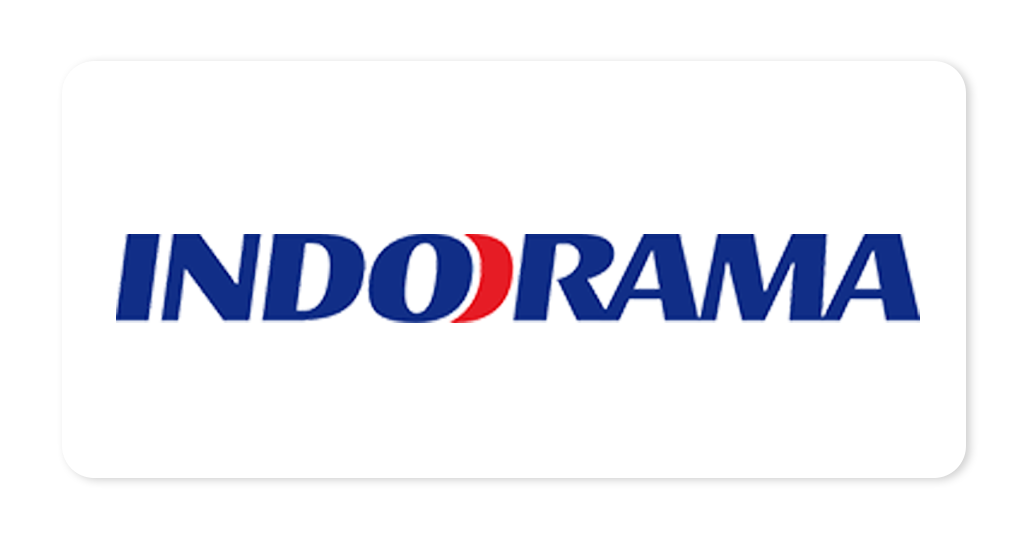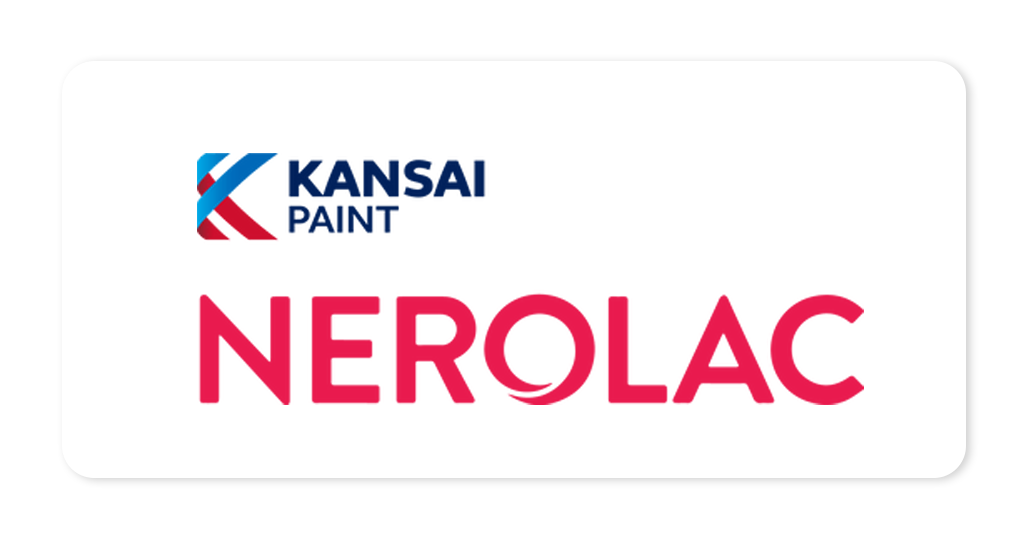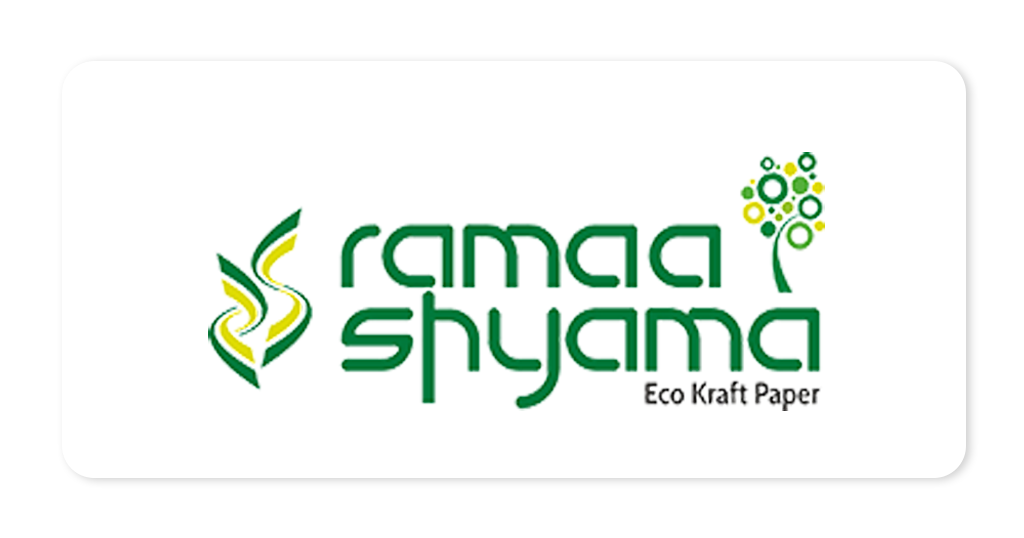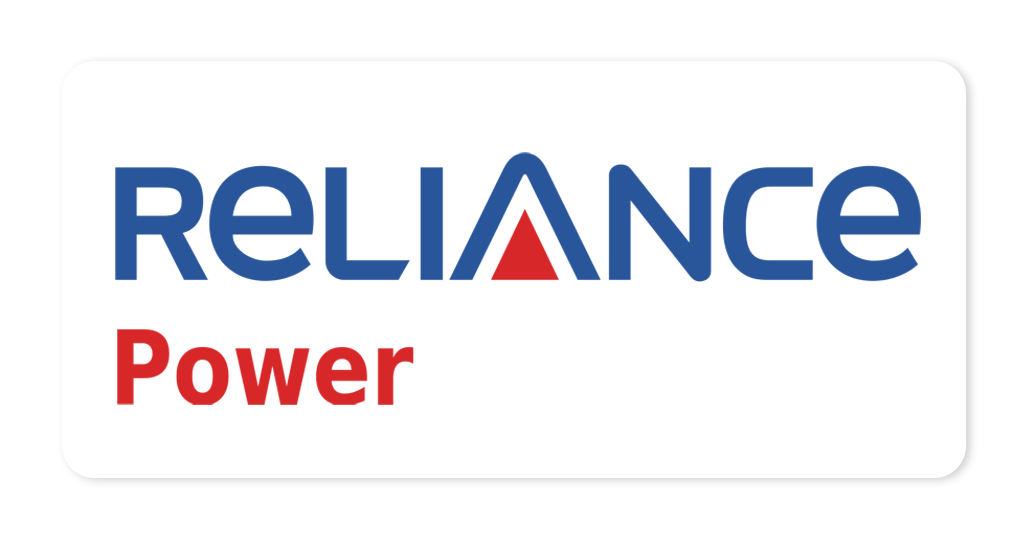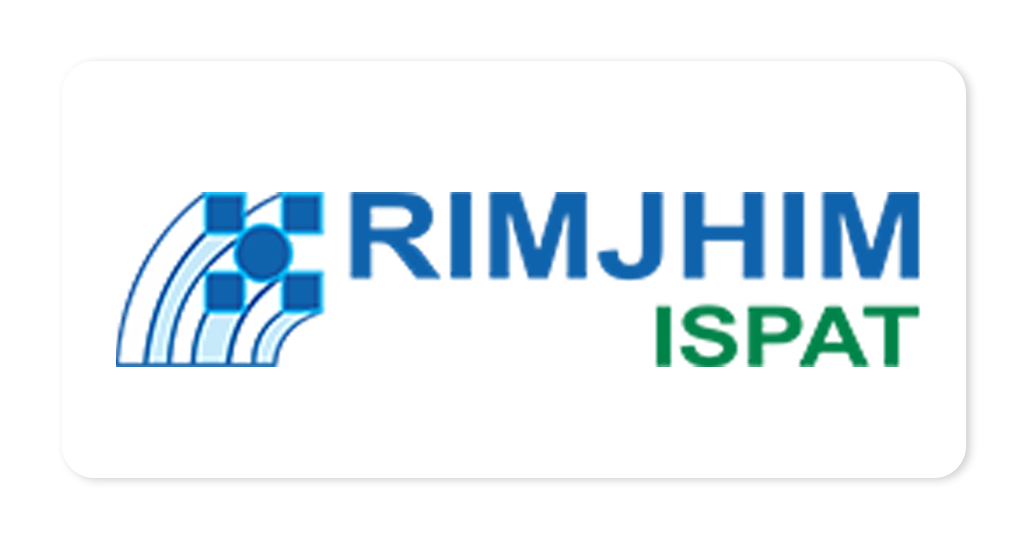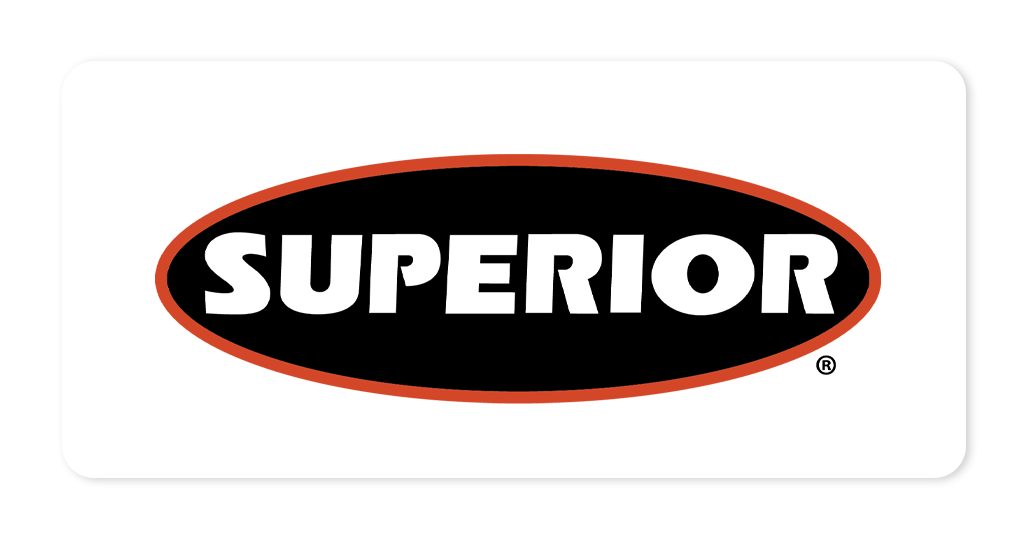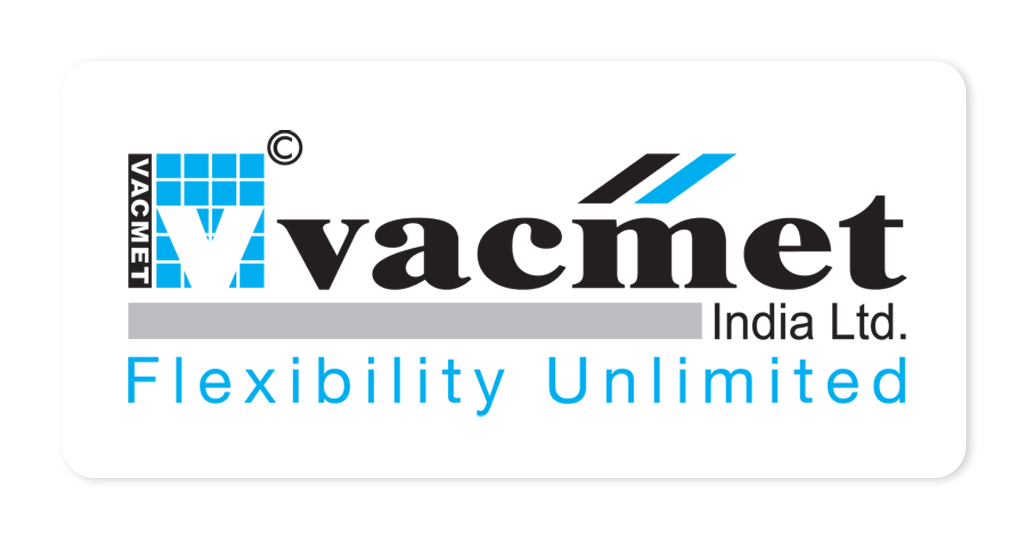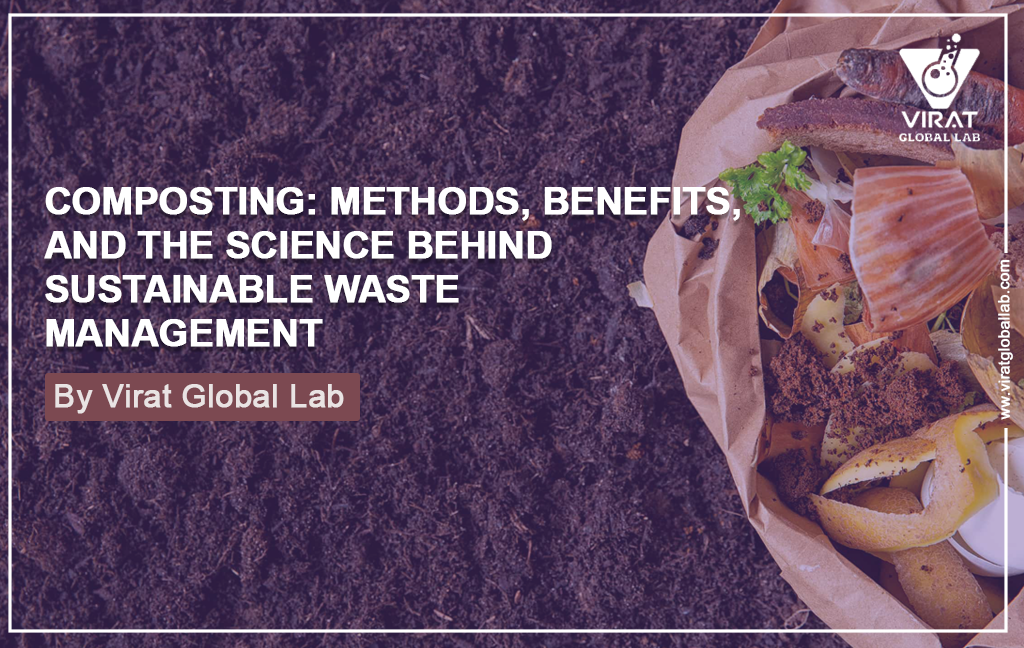
Introduction
Organic waste forms a major part of municipal solid waste in India and around the world. In fact, studies show that nearly 50–55% of urban solid waste in India is biodegradable. Unfortunately, a large portion of this still ends up in landfills where it decomposes uncontrolled, releasing methane gas, foul odours, and leachate that contaminates soil and groundwater. Composting provides a sustainable alternative. It is a controlled biological process where organic matter such as food scraps, crop residues, and garden waste is broken down into nutrient-rich compost. Often referred to as “black gold,” compost not only reduces waste but also improves soil health, enhances fertility, and contributes to sustainable farming practices.
Aerobic Composting
Aerobic composting is one of the most common and efficient methods. It relies on oxygen-loving microorganisms that actively decompose organic matter when provided with proper aeration. This method requires turning the compost pile or using forced aeration systems to maintain airflow. When managed correctly, aerobic composting works quickly, producing stable, high-quality compost within two to three months. It is odour-free, safe, and suitable for households, institutions, and communities. However, it does demand regular monitoring of moisture, temperature, and oxygen levels, making it slightly labour-intensive compared to other techniques.
Anaerobic Composting
In contrast to aerobic processes, anaerobic composting takes place without oxygen. Waste is typically placed in sealed pits, digesters, or tanks where microorganisms break it down in an oxygen-free environment. This process is slower but has the added advantage of producing biogas, a renewable energy source that can be captured and used for cooking or electricity generation. The end product is a nutrient-rich digestate that can be applied to soil. Anaerobic composting is particularly suited to rural households, farms, or large-scale facilities where energy recovery is also a goal. The main drawback is the possibility of foul odours if the system is not managed properly.
Vermicomposting
Vermicomposting is a biologically advanced method that uses earthworms, usually species like Eisenia fetida (red wigglers), to digest organic matter. The worms feed on waste and excrete vermicast, a dark, granular, nutrient-rich material considered one of the best organic fertilizers. Vermicomposting enriches soil with beneficial microorganisms, enhances water retention, and improves soil structure. It is widely used in organic farming, nurseries, and even in households with small gardens. However, vermicomposting requires controlled conditions, as worms are sensitive to high temperatures and cannot process meat, dairy, or oily waste effectively.
Static Pile Composting
Static pile composting is a simpler and low-maintenance method. Organic material is arranged in heaps and aerated either naturally or through pipes and vents. Unlike aerobic composting, these piles are not regularly turned, making the process less labour-intensive. The method is particularly effective for garden waste, leaves, and other yard debris. However, decomposition takes longer and may not always be uniform, especially in the absence of regular turning. Static pile composting is well-suited for communities, institutions, and parks with adequate space but limited manpower
Windrow Composting
For handling large volumes of organic waste, windrow composting is one of the most effective methods. In this technique, waste is arranged in long rows, known as windrows, which are turned at regular intervals to provide aeration. It is commonly used in agriculture, municipal waste management, and food processing industries where bulk waste is generated daily. Windrow composting is cost-effective and scalable but requires significant open space and proper management to control odour and leachate. In India, it is one of the most widely adopted methods under municipal solid waste management programs.
Bokashi Composting
Bokashi composting is a traditional Japanese method that uses Effective Microorganisms (EM) mixed with bran to ferment food waste in airtight containers. Unlike conventional composting, Bokashi is more of a fermentation process than decomposition. It is highly suitable for urban households, as it works well in compact spaces and can handle waste types like meat and dairy, which are otherwise difficult to compost. The pre-compost produced through Bokashi needs to be buried in soil to complete the process, making it ideal for small-scale users but less suitable for large farms or institutions.
Why Composting Matters
The Importance of Compost Testing
Conclusion
Composting is not just about waste reduction; it is about creating a healthier planet. Each method—whether aerobic, anaerobic, vermicomposting, static piles, windrows, or Bokashi—has its own place depending on the scale, resources, and type of waste available. Together, these methods can significantly reduce landfill dependency, cut down greenhouse gas emissions, and restore soil fertility. However, the true value of compost lies in its quality, and that is where compost testing plays a crucial role.
By embracing composting and ensuring scientific validation through testing, we move a step closer to sustainable agriculture, healthier soils, and a greener future. With the support of expert testing services like those at Virat Global Lab (a division of Aseries Envirotek India Private limited), individuals and institutions can make composting not just a habit, but a scientifically guided solution for environmental well-being.
At Virat Global Lab (A Division of Aseries Envirotek India Pvt. Ltd.), we invite businesses, Industries and institutions across various sectors to explore the benefits of partnering with us for their environmental testing and analytical needs.



